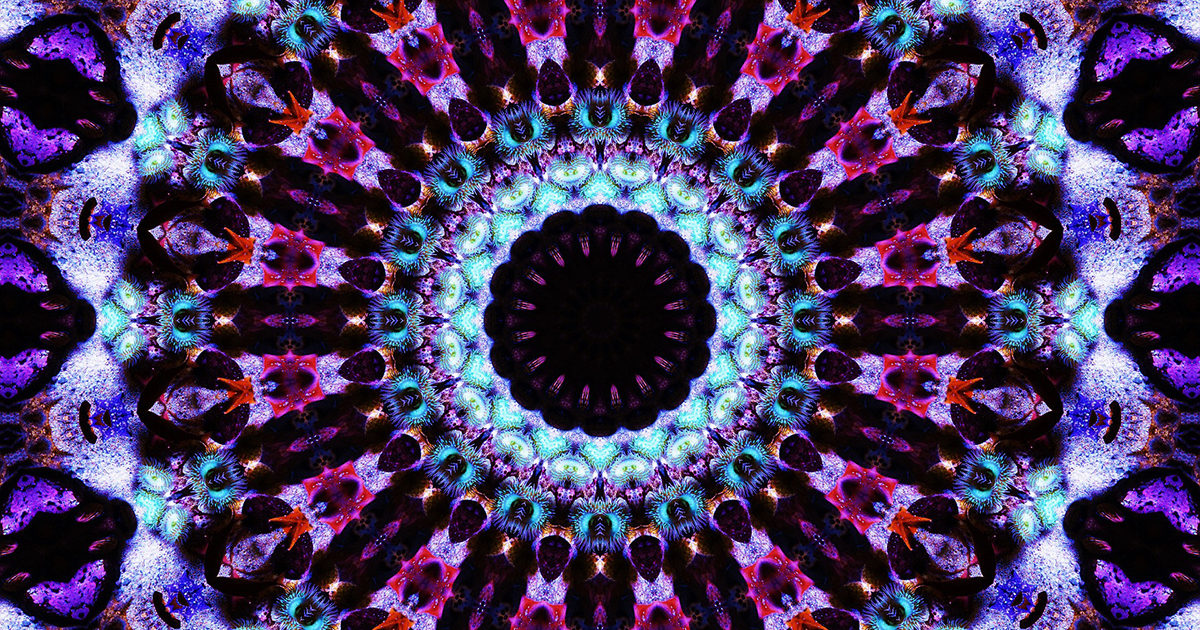


Although the symptoms of a TIA pass quickly, it’s a serious condition. TIA or strokeĪ TIA is caused by a decrease of blood flow to the brain. When you experience a visual migraine without a headache, it’s called an acephalgic migraine. You don’t necessarily get a headache at the same time. The symptoms usually pass within 30 minutes. In MRI imaging, it’s possible to see the activation spreading over the visual cortex as the migraine episode proceeds. It most often occurs in both eyes.Ībout 25 to 30 percent of people who get migraines have visual symptoms.Ī visual migraine occurs when the nerve endings in a back portion of the brain called the visual cortex become activated.


The technical term for it is scintillating scotoma. This may also be called an ocular or ophthalmic migraine. The most common cause of kaleidoscopic vision is a visual migraine. In this type of migraine, the limbs on one side of your body, and possibly the muscles of your face, might become weak. Your speech is disrupted and you forget words or can’t say what you mean. You’ll experience tingling in your fingers that spreads up your arm, sometimes reaching one side of your face and tongue over the course of 10 to 20 minutes. Symptoms that can accompany migraine aurasĪt the same time as the visual aura, or after it, you may also experience other types of auras. objects appearing too large or too small, or too close or far away.sensation of looking through water or heat waves.blind spots, tunnel vision, or total loss of vision for a short period.a faint, foggy area surrounded by zigzag lines that can grow and break up over a period of 15 to 30 minutes.dots, stars, spots, squiggles, and “flash bulb” effects.zigzag lines which often shimmer (they may be colored or black and silver, and they may appear to move across your field of vision).Some of the other symptoms you may experience from migraine auras include: Therefore, it’s important to see an eye specialist if you experience kaleidoscopic vision, or any other aura effect, especially for the first time. A TIA, or transient ischemic attack, may be a precursor to a stroke that could be life-threatening. Kaleidoscopic vision and other aura effects can be a symptom of some more serious conditions, including a TIA (ministroke). This makes it more likely that the cause is an ocular migraine. If you see the distorted image in each eye separately, it means the problem is probably coming from the part of your brain involved in vision, and not the eye. The way to be sure if you’re seeing it in both eyes is first to cover one eye, and then the other. But this can be hard to determine because it may appear only in a part of the visual field. You’ll usually see the distorted image in both eyes. It can take one hour after the end of the migraine aura before you experience a headache. You may also have a headache at the same time, although not everyone does. In kaleidoscopic vision, the images you see may appear to be broken up and brightly colored, like the image in a kaleidoscope. Migraine auras can affect your vision, hearing, and sense of smell. Kaleidoscope vision is one of the symptoms of a broader category of responses to a visual migraine headache called migraine auras.


 0 kommentar(er)
0 kommentar(er)
